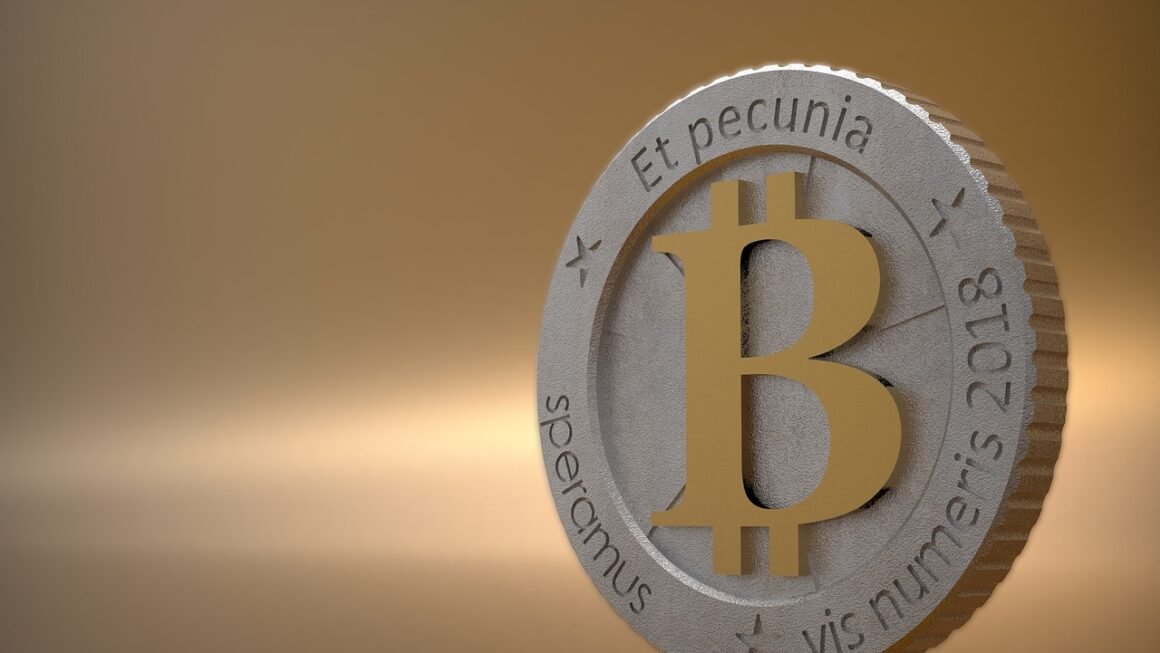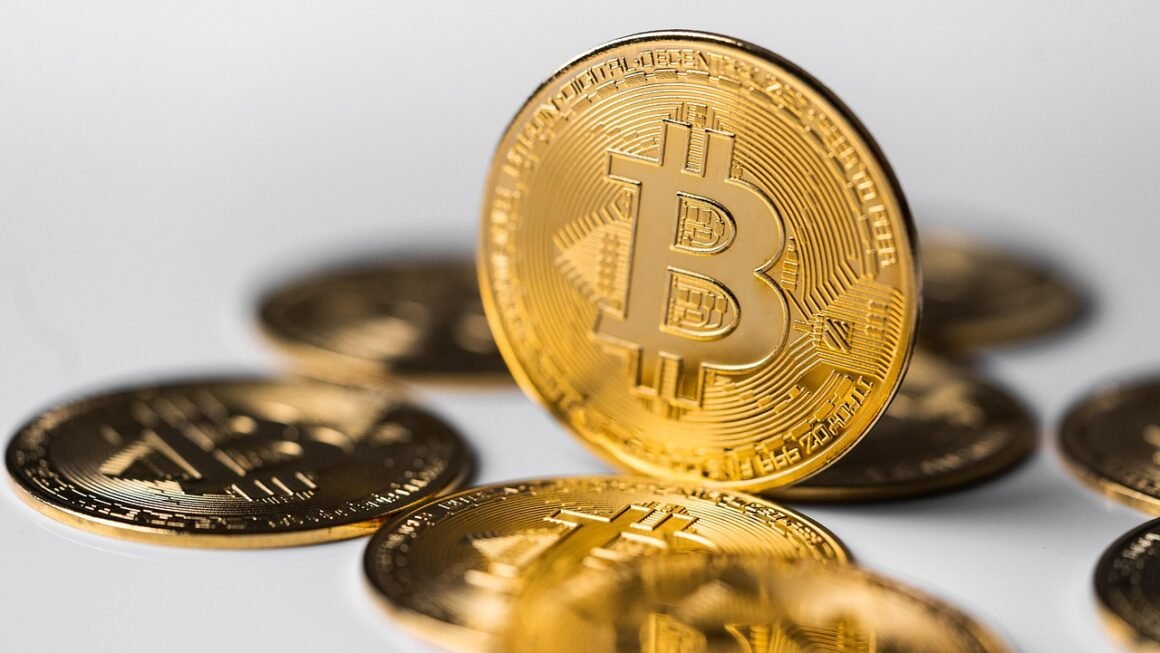Imagine a central bank reducing the money supply to combat inflation. Token burning in the crypto world operates on a similar principle, permanently removing tokens from circulation. This process, a deliberate action taken by cryptocurrency projects, aims to influence the value and perceived scarcity of their native tokens. Understanding token burns is crucial for anyone involved in the cryptocurrency market, from seasoned investors to newcomers. This blog post will delve into the mechanics, benefits, and risks associated with token burning, providing a comprehensive overview of this important concept.
What is a Token Burn?
Definition and Mechanics
A token burn is the permanent removal of a certain number of cryptocurrency tokens from circulation. This is achieved by sending those tokens to a “burn address,” a crypto wallet with a private key that is unobtainable or permanently destroyed. Tokens sent to this address are effectively irretrievable and therefore taken out of the total supply.
- The process is irreversible and verifiable on the blockchain, ensuring transparency and trust.
- Burns are typically announced in advance by the project team to inform the community and investors.
- Smart contracts often automate the burning process based on pre-defined conditions.
Reasons for Burning Tokens
Several reasons motivate cryptocurrency projects to burn tokens. These include:
- Reducing Supply: The most common reason is to decrease the overall supply of a token, potentially driving up its value due to increased scarcity. This is based on the fundamental economic principle of supply and demand.
- Proof-of-Burn Consensus: Some cryptocurrencies, like Slimcoin, utilize a proof-of-burn consensus mechanism where users “burn” tokens to earn the right to mine new blocks. This is an alternative to Proof-of-Work (PoW) or Proof-of-Stake (PoS).
- Rewarding Token Holders: Burning tokens can be part of a reward mechanism, distributing value back to token holders. For example, a portion of transaction fees may be used to buy back and burn tokens.
- Correcting Token Distribution: In some cases, burns are used to rectify errors in the initial token distribution or to remove tokens held by the project team that are no longer needed.
- DeFi Protocols: In decentralized finance (DeFi), burns are often part of algorithmic stablecoin mechanisms to maintain peg stability.
Example: Binance Coin (BNB)
Binance Coin (BNB) provides a well-known example. Binance regularly burns BNB tokens based on trading volume and profits generated on the Binance exchange. These burns are conducted quarterly and aim to reduce the total BNB supply to 100 million tokens, a goal outlined in their initial whitepaper. This strategy has contributed to BNB’s price appreciation over time, driven by perceived scarcity and increased demand for the token within the Binance ecosystem.
The Benefits of Token Burning
Enhanced Scarcity and Value Appreciation
Token burning’s primary benefit is the potential for increased scarcity, which can lead to appreciation in value. By reducing the supply, each remaining token represents a larger fraction of the total network value.
- Increased Demand: If demand remains constant or increases while supply decreases, the price of the token is likely to rise.
- Deflationary Pressure: Burning introduces deflationary pressure on the token, making it a more attractive store of value in the long term.
- Positive Sentiment: The act of burning often generates positive sentiment within the community, boosting confidence and potentially attracting new investors.
Improved Tokenomics and Project Sustainability
Burning can also contribute to improved tokenomics, making the token more sustainable and attractive to investors.
- Price Stability: In the case of stablecoins, burning can help maintain the peg to a fiat currency or another asset.
- Network Health: By removing inactive or unused tokens, burning can streamline the network and improve its overall health.
- Long-Term Vision: A well-defined burning strategy demonstrates a project’s commitment to long-term value creation.
Example: Terra Luna (LUNA)
While the Terra Luna situation ended disastrously, their initial approach used a burning mechanism to maintain the peg of the UST stablecoin. When UST’s price fell below $1, LUNA tokens would be burned to reduce the supply of UST and push its price back towards the peg. While this system ultimately failed, it illustrates how burning can be used as a tool to manage price stability.
The Risks and Considerations
Dependence on Market Conditions
The effectiveness of token burning is heavily dependent on market conditions. A burn alone won’t guarantee a price increase if overall market sentiment is bearish or if the project lacks fundamental value.
- Market Volatility: The cryptocurrency market is highly volatile, and a burn can be overshadowed by broader market trends.
- Lack of Utility: If a token lacks real-world utility or adoption, a burn may have a minimal impact on its price.
- Investor Expectations: If investors anticipate burns and they don’t meet expectations, it can lead to disappointment and sell-offs.
Manipulation and Transparency Concerns
While burning is generally transparent, there are potential risks of manipulation or lack of clarity surrounding the burning process.
- Lack of Communication: Poor communication regarding the burning schedule or the reasons behind it can erode trust.
- Centralized Control: If the burning process is controlled by a single entity without community input, it raises concerns about centralization.
- False Promises: Projects making unrealistic promises about the impact of burns can be viewed as manipulative.
Example: Questionable Burn Practices
Some projects have been accused of inflating burn numbers by including tokens that were already inaccessible or locked. This deceptive practice gives the illusion of a larger burn than actually occurred, misleading investors and damaging the project’s reputation. Transparency and clear communication are paramount to avoid such pitfalls.
How to Evaluate a Token Burn
Research the Project’s Fundamentals
Before investing in a token based on its burning strategy, it’s crucial to conduct thorough research on the project’s underlying fundamentals.
- Whitepaper: Review the project’s whitepaper to understand its tokenomics and burning mechanism.
- Team and Roadmap: Assess the credibility of the team and the project’s long-term roadmap.
- Community Support: Gauge the level of community support and engagement.
Understand the Burning Mechanism
Delve into the details of the burning mechanism and its rationale.
- Frequency and Amount: Understand the frequency and amount of tokens being burned.
- Triggers for Burning: Identify the triggers or conditions that initiate the burning process.
- Transparency and Auditability: Ensure the burning process is transparent and auditable on the blockchain.
Assess the Potential Impact
Evaluate the potential impact of the burn on the token’s value and the project’s long-term prospects.
- Supply and Demand Analysis: Analyze the current supply and demand dynamics for the token.
- Market Sentiment: Consider the overall market sentiment and its potential impact on the token’s price.
- Alternative Investments: Compare the potential returns of the token with other investment opportunities.
Conclusion
Token burning is a powerful mechanism that can influence the scarcity and value of cryptocurrencies. While it can be an effective tool for improving tokenomics and rewarding holders, it’s not a guaranteed path to success. Investors should carefully research the project’s fundamentals, understand the burning mechanism, and assess the potential impact before making investment decisions. Transparency, clear communication, and a solid underlying project are crucial for a token burn to deliver its intended benefits and contribute to the long-term health of the cryptocurrency ecosystem. Always remember to do your own research (DYOR) before investing in any cryptocurrency.



